The science of breeding bees does not stand still, inventing all new ways of insect content, because the better the conditions of their life will be - the product that they produce better and better will be better. The use of cassette pavilions in beekeeping is a new improved technology that I would like to tell in this article.
Prerequisites for design
The practical experience of many butubs showed that the cause of various diseases among bees is not too comfortable conditions for their content. Classic hives possess many disadvantages that contribute to the development among insects of such disabilities as Gnilets, Varroatosis, Askoperoz. Treatment requires material costs, as well as the use of drugs that do not differ in the best way product. So, consider the minuses of ordinary hives:
- Thick walls of structures may have cracks that are not always noticeable to the eye of a person. In these gaps, hazardous viruses and microorganisms live decades, contributing to the constant infection of bees.
- In addition, air exchange in such hihows is not good enough, which is reflected in the inner microclimate of the room.
- A similar dwelling for bees in crude weather absorbs excessive amounts of water - up to 3-4 liters. This particularly negatively affects insects in the winter. Covered with ice crust walls are knocked down the desired temperature and air humidity in the nest.
- The garbage and the remains of the feed accumulate at the bottom and rot - this leads to antisanitaries, diseases and weakening of individuals, as well as to the need for constant replacement of this part of the design.
- Disinfection requires large material costs, the materials used are not always safe for the health of the butter, and the result sometimes does not match expectations.
- The weight of the hive is quite large, sometimes exceeds 40 kg, and with bulky structures it is not very convenient to work. Beekeepers with experience often suffer from problems with their backs, joints and vessels. Due to the considerable mass, it does not seem to be thorough disinfection.
- You can rarely celebrate new hives. Mostly selling already those who were in use. Accordingly, these structures together with all diseases are transmitted from some owners to others.
- Mice are often closed in wooden bees in winter in winter.
The result is: classical methods of breeding bees are outdated, the park of the hives long worried and is not updated with new designs. Modern beekeeping requirements require the application of new technologies.
The main advantages of cassette beekeeping
The content of bees in the cassette pavilions has a number of positive moments that I would like to consider in more detail:
- Cassette hive is much easier and more compact than usual. The butter has no need to spend extra money to create expensive and massive wintering workers and swelling, the new design is suitable for insects in it all year round.
- During the nomad, there is no need to break your head over the problem of storing spare cells.
- The cassette pavilion provides a good medical care - 1.5-2 times more than individual hives. And if the design is mobile, then productivity increases several times, because the bee families are constantly moving from place to place. If there is not enough honey plants on one territory, the butter can transport insects where they can get a large number of nectar. Obviously, the mobile cassette pavilion optimizes the business of the beekeeper, making it profitable and cost-effective.
- This type of construction is good and the fact that increases the yield of agricultural plants.
- Using this type of hive, you do not need to break the large territory. This is an undoubted plus for those who are engaged in breeding bees on private land plots.
Features of the design of Ulya
Let's look at what is cassette pavilions for bees:
- As a material for the construction of this hive, as for any other, pine is used.
- The wall thickness in such a design is much smaller than the usual - instead of 20-30 mm it is only 7 mm.
- In order to optimize the air exchange inside the bee housing, rigidity ribs were improved. Their thickness reaches 12 mm, which does not affect the strength and reliability of the hive.
- A prerequisite for the content of classical apiary is painting structures in different colors. In the case of a cassette pavilion, this is not required. The material of the hive should only be soaked with hot wax. For this, the wax is split using an industrial hair dryer to a temperature of 600 ° C and applied to the surface. Thus, a water-repellent film is created that prevents the reproduction of pathogenic organisms inside the pavilion.
- The bottom of the hive is a bunker design, in the center of which is the sanitary vent hole, providing air intake inside. Special plastic containers are installed on the hives stand, which allows to optimize the sanitary processing process. During periodic inspections, according to their condition, it is possible to compile a common picture of the situation at the apiary: the presence of diseases and rodents, the effectiveness of the measures taken.
- The cassette hive dispenser has the form of a multifaceted cylinder truncated from two sides. On the opposite walls of the pavilion there are upper pilots. In order to thoroughly inspect the bee, you can quite easily and quickly remove the wall of the hive, and after put in place.
- The visor of the bee house is truncated on both sides, the construction of a circular shape with a thickness of about 15 mm. On a hot summer day, the visor can be slightly lifted - in this way, air access will be facilitated. No insulation materials and optional piercing for the roof is required.
In the insects feel most comfortable, put the pavilion is better in the shade of trees or equip a light carport. In this case, the microclimate of the hive will be favorable for bees.
Cassette video pavilion:

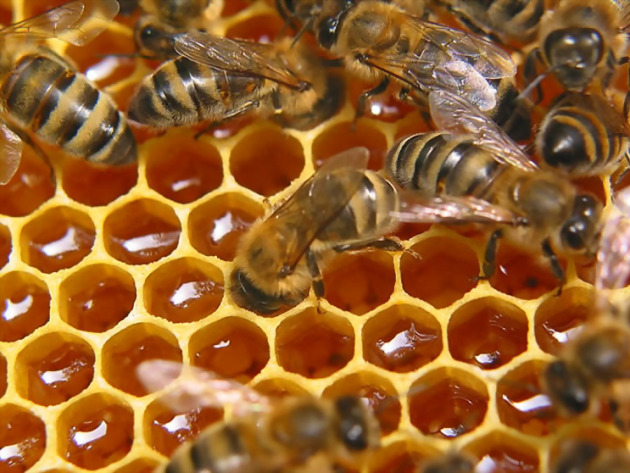
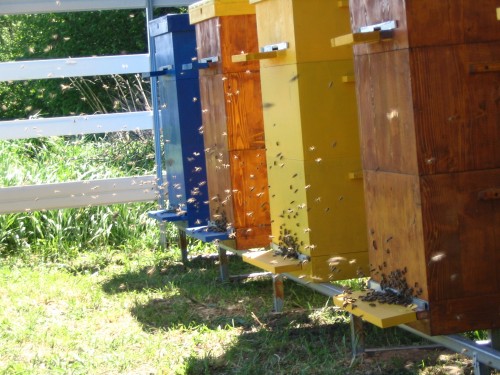

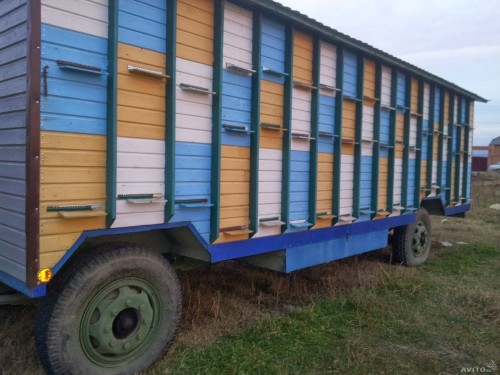

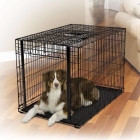
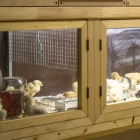
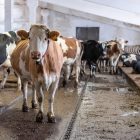
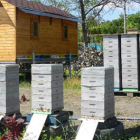
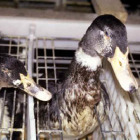

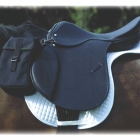
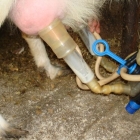
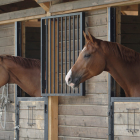
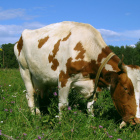
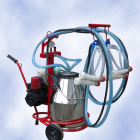
 Start a discussion ...
Start a discussion ...